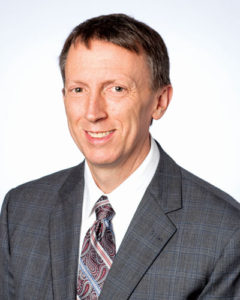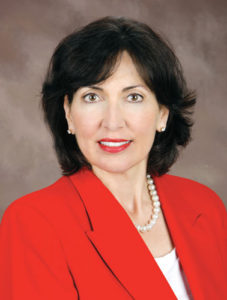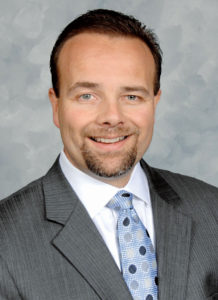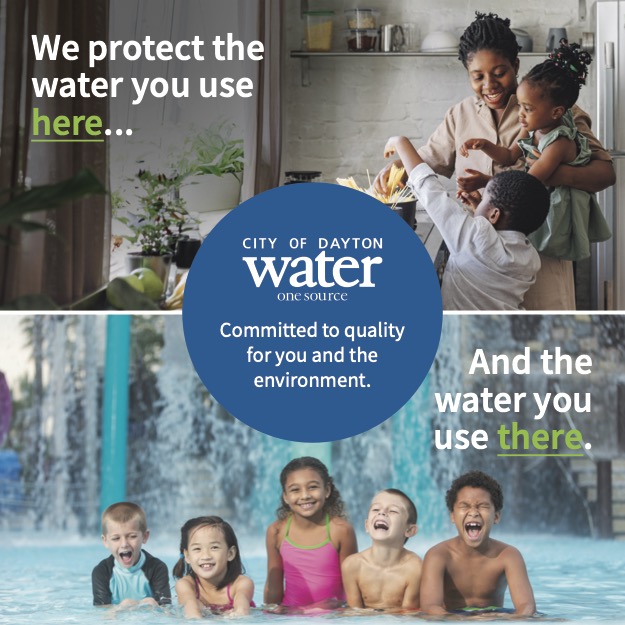
More than Talk
Inaugural Greater Akron Inclusion Summit moves the needle
By Jill Sell
This time it just felt different. Sure, there have been smaller seminars and workshops about diversity and inclusion in Akron. People made promises, patted themselves and others on the back and had a nice lunch. There was nothing wrong with that, but…
At the inaugural Greater Akron Inclusion Summit held last year, however, attendees, panelists and sponsoring organizations knew “talking about it just wasn’t good enough anymore,” according to Steve Millard, president of the Greater Akron Chamber. The chamber was one of the four Elevate Greater Akron core partners that presented the event attended by about 400 people, along with the City of Akron, County of Summit and the GAR Foundation.
“I didn’t expect the honest, historical perspective that was taken to begin the conversation,” says Judi Hill, one of the summit’s panelists and president of the Akron Branch of the National Association for the Advancement of Colored People (NAACP) that celebrates 100 years of advocacy for civil rights and equity this year. “For the city to take ownership was powerful. It was touching to me.”

Hill is “quietly optimistic” that the time is right in Akron to make diversity and inclusion in the workforce a reality. Within a few weeks of the event, she met with several local business leaders who asked how they could get to the next step.
“We are treading in a territory we have never been before,” says Hill. “I recognize it will be a challenge. But I don’t want anyone to give up.”
Many Akron churches, community nonprofits and other organizations have historically embraced diversity and inclusion, according to Millard. But the fact that Akron businesses are seriously recognizing the importance of the movement is what “will move the needle,” he says.
The impact of diversity and inclusion on business success has been documented from everyone from the Harvard Business School to CoreAxis, a business performance consulting company. Most studies say authentic diversity in a business can narrow the talent gap many companies face; create higher financial awards; improve a company’s reputation and ability to recruit; increase innovation, creativity and problem solving; and lower employee turnover.

Millard says unfortunately for many years real barriers have been created in education and employment, holding back minorities who want to work, are qualified and who can make a positive difference to Akron’s economy.
“Something is going on in Akron. We can’t connect these people to employers,” says Millard. Millard cites stats showing 31% of Akron’s population is African-American.
According to World Population Review, the rest of Akron’s racial composition is 60.33% white, 4.3% two or more races, 3.97% Asian, 0.55% other race, 0.28% Native American, and 0.02% Native Hawaiian or Pacific Islander.
Millard also says the overall black population unemployment rate is 6 to 15% higher than other groups. He did, however, cite several local companies that have a good track record with diversity and inclusion, including the area’s medical institutions, Huntington Bank and Goodyear Tire & Rubber Co.
Dr. Brian Harte, president of Cleveland Clinic Akron General and another summit panelist, says his institution “will look internally with honestly and set challenging goals that reflect what the organization aspires to be and reflects the community we serve.”

Billy Taylor is Goodyear Tire and Rubber Co.’s global director, diversity and inclusion. Taylor believes that “as the demographics of the workforce and our communities evolve, employers like Goodyear and communities like Akron must grow in order to thrive.”
“Creating an inclusive economy and environment is not just the right thing to do—it’s what will allow us to grow and thrive,” says Taylor, a summit panelist.
Minority students comprise about 50% of Stark State College’s enrollment, according to Para Jones, the school’s president. Jones looks at diversity and inclusion from two angles—the students’ perspective and the role of the institution as an employer.
“We have to make sure our students of color have the same success rate as our white students,” says Jones. “Students bring their lives with them when they come to class, no matter who they are. They might have food or housing insecurities, or a parent or sibling with a drug problem. We want to do an even better job of connecting students not just with academic help, but community resources.”
To ensure a diverse workforce at the college, Jones vows more aggressive recruiting and “casting a broader net” to find eligible candidates on all job levels. That can mean partnering with high schools, college graduate programs or community organizations to uncover potential employees.
“I think the wind is at our back because so many of our organizations are looking at these issues right now. As we learned through Elevate Greater Akron, employers want to do something now. But it is also challenging. How do we do a better job at matching people and jobs?”
Millard and Hill caution attitudes and practices will not change overnight, as it has taken generations to get where we are now. But “everyone can do at least one thing” to make diversity and inclusion not just buzzwords in annual corporate reports, but a normal part of a business climate.
Millard reports “75% of jobs today are being driven by referrals.” Make certain those doing the referrals make up a diverse group, say inclusion experts. As an employer, post jobs in a variety of ways and include minority outlets that you might not have considered previously.
Re-think “preferred qualifications” versus “required qualifications.” A bachelor’s degree is a plus, but is it always necessary? Also weigh experience, aptitude, potential contributions and other skills.
Don’t just have an “inclusive” work environment on paper. If the effort is not sincere, employees won’t stay.
“You have to first believe there is an issue. And then we have to ask ourselves—do we have the fortitude to make changes?” says Hill.



